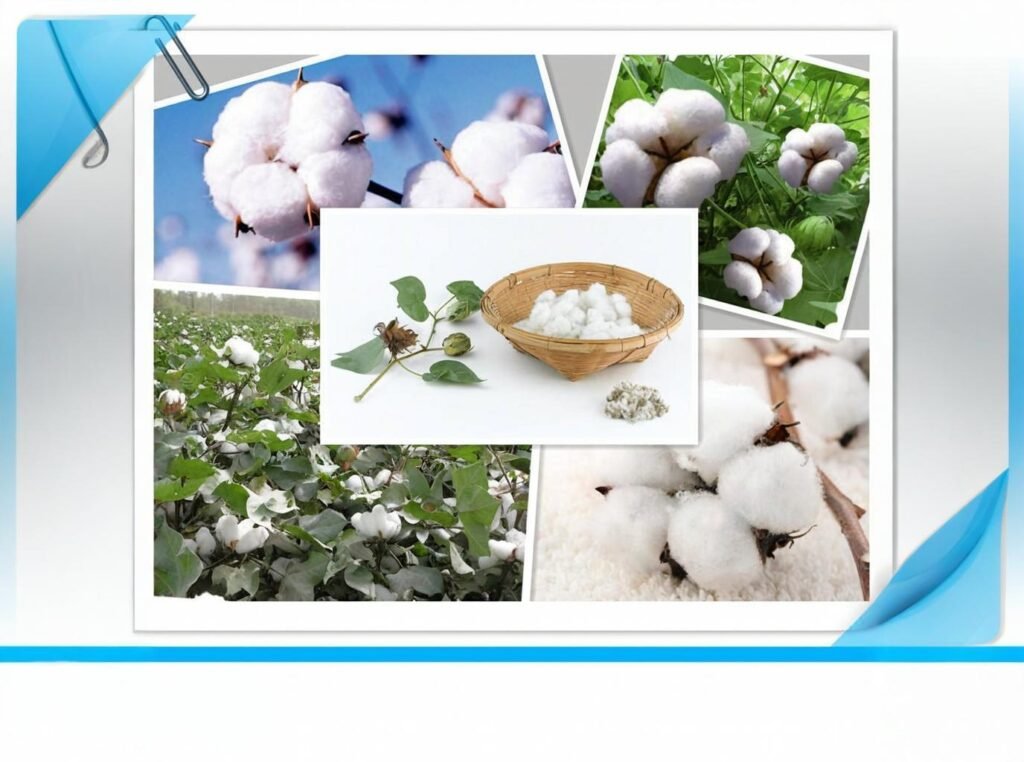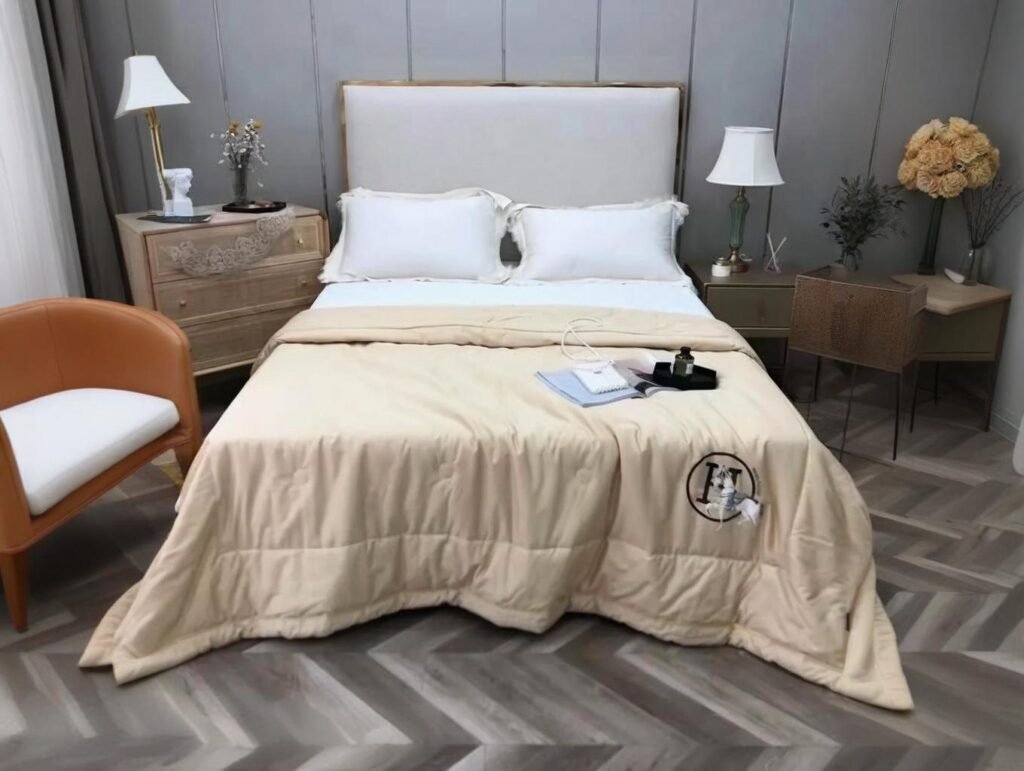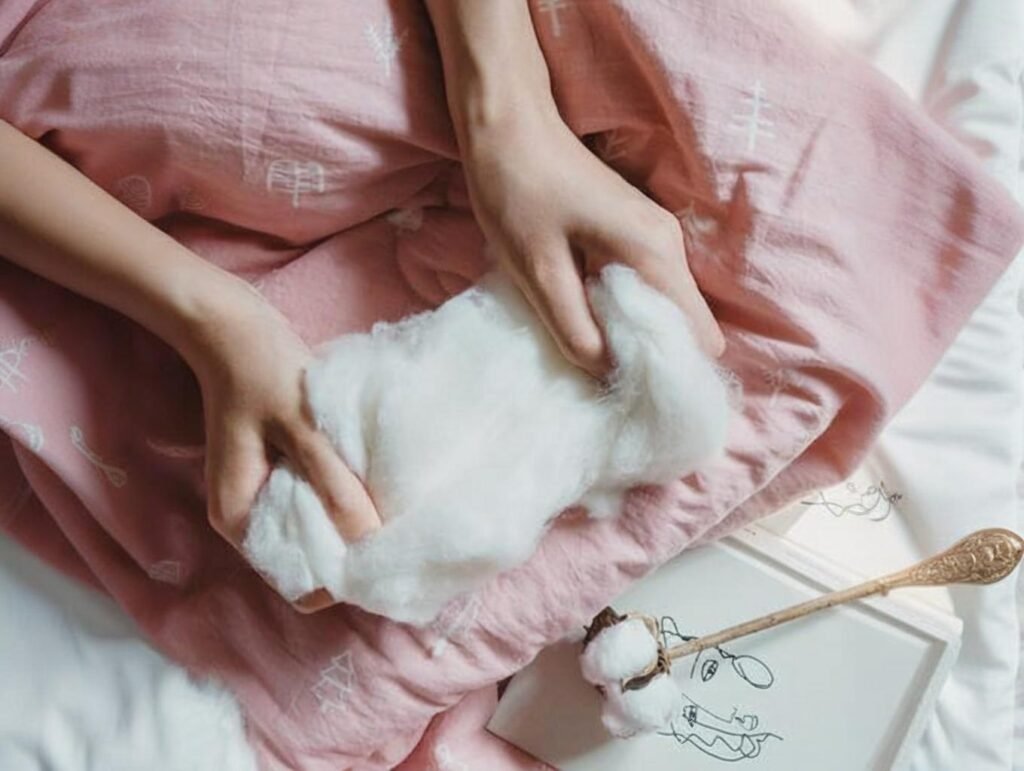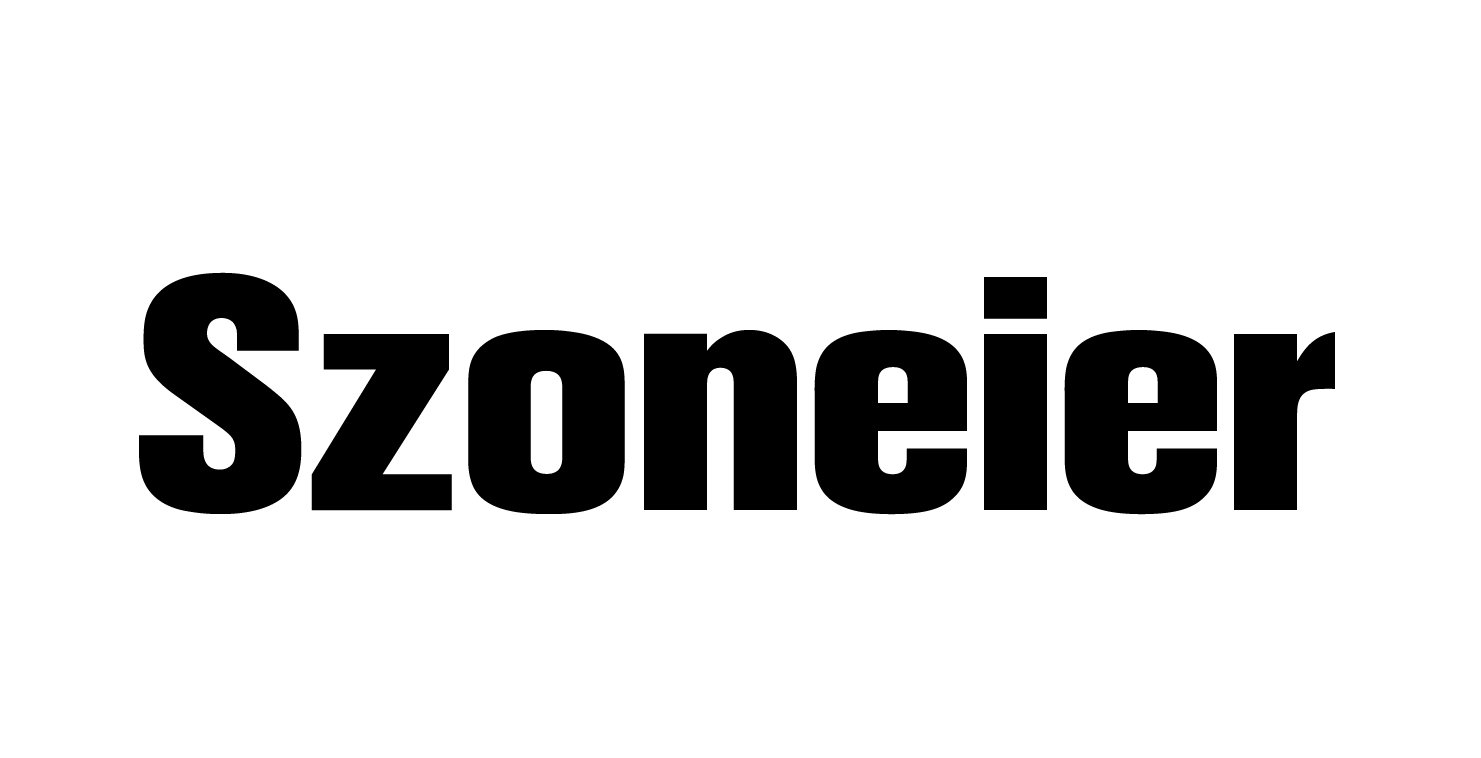In the apparel industry, cotton remains the king of natural fibers—but not all cotton fabrics are created equal. From soft, breathable T-shirts to crisp dress shirts and durable denim, understanding cotton material types helps apparel brands balance comfort, cost, performance, and sustainability. The main cotton fabrics for apparel manufacturing include plain-weave cottons like poplin and broadcloth, knit fabrics like jersey and interlock, and specialty types such as denim, twill, and sateen. Each varies in weave, weight, durability, and cost, influencing its suitability for specific garments like shirts, trousers, activewear, or luxury apparel.
A few years ago, a mid-sized sportswear brand reduced returns by 25% after switching from standard cotton jersey to combed, enzyme-washed cotton for its premium T-shirt line. The change wasn’t just about aesthetics—it was about fiber quality, thread count, and finishing techniques that directly affected customer satisfaction.
What Are the Main Types of Cotton Fabrics Used in Apparel Manufacturing?

Cotton fabrics used in apparel manufacturing can be divided into three primary categories: woven, knitted, and specialty or treated cotton fabrics. Woven fabrics such as poplin and twill provide structural integrity for shirts, trousers, and uniforms; knitted fabrics like jersey and interlock offer elasticity and breathability for T-shirts, sportswear, and underwear; while specialty fabrics such as denim and corduroy deliver enhanced durability, texture, or weather resistance for workwear, outerwear, and premium fashion applications.
Cotton Fabric Classifications with Market Insights
Global Market Perspective
According to Textile World (2024), cotton fabrics accounted for 26% of global apparel fibers in 2023, with woven cotton fabrics representing 62% of the market share, knitted fabrics 28%, and specialty or treated cottons the remaining 10%. This segmentation reflects not only historical usage patterns but also recent demand shifts toward comfort-oriented athleisure and functional workwear fabrics.
A. Cotton Fabric Category Overview
| Category | Common Examples | Key Performance Metrics | Typical Applications |
|---|---|---|---|
| Woven | Poplin, Twill, Denim, Sateen | Tensile strength 450–550 N; GSM 120–300; ISO 13934-1 compliance | Shirts, trousers, formalwear, denimwear |
| Knitted | Jersey, Interlock, Rib | Stretch recovery >90%; Air permeability 200–350 mm/s | T-shirts, activewear, underwear |
| Specialty/Treated | Corduroy, Brushed Cotton, Flannel | Thermal resistance (Rct) ≥ 0.04 m²K/W; Abrasion resistance >15,000 cycles (Martindale) | Jackets, winterwear, casual shirts, protective clothing |
B. Case Study: Denim vs. Poplin in Shirt Manufacturing
- Denim Shirts
- Weight & Durability: 7–10 oz per square yard; Martindale abrasion resistance >20,000 cycles.
- Market Segment: Casual/workwear markets in North America and Europe; 2023 global denim apparel market valued at USD 64.5 billion (Statista).
- Key Attributes: Rugged aesthetics, long life cycle, strong tear resistance.
- Poplin Shirts
- Weight & Finish: 3–4 oz per square yard; smooth, lustrous surface with low pilling tendency.
- Market Segment: Formal/business wear; favored in Asia-Pacific regions where lightweight fabrics dominate 65% of shirt production.
- Key Attributes: Breathability, refined drape, easy-care finishing options (wrinkle-resistant, anti-stain).
C. Perspectives & Future Trends
Industry analysts project that knitted cotton fabrics will grow at a CAGR of 5.2% (2024–2029), driven by athleisure and e-commerce fashion demand, while woven cotton may face price pressures due to shifting polyester-cotton blends offering cost savings of 8–12% per garment.
Moreover, sustainability concerns are accelerating the adoption of organic and BCI-certified cotton, which already accounts for 12% of global cotton acreage (2023, Textile Exchange) and is forecasted to exceed 20% by 2030.
Which Cotton Weaves and Knits Offer the Best Balance of Comfort, Durability, and Cost?
Based on textile performance studies from the International Cotton Association and market data from Textile World 2024, twill and sateen weaves deliver the best combination of durability and comfort at moderate costs. Poplin remains cost-effective for mass-market formalwear, while jersey dominates everyday apparel due to its breathability and low price point. Interlock, though slightly costlier, provides premium drape and longevity for high-end garments.
Cotton Weaves & Knits Performance Analysis
Modern apparel manufacturing requires balancing comfort, longevity, and cost efficiency. Fabric engineers and sourcing managers often compare weave structures, yarn density, and finishing treatments to select the most suitable textile for each application. Below is a detailed data-supported comparison:
A. Weave/Knit Performance Table
| Fabric Type | Weave/Knit Structure | Comfort Level (1-10) | Durability (1-10) | Cost Index ($/m) | Avg. Garment Lifespan (Months) | Typical Use Case |
|---|---|---|---|---|---|---|
| Poplin | Plain Weave | 6 | 6 | 1.0 (Baseline) | 12–18 | Formal shirts, uniforms |
| Twill | Diagonal Weave | 7 | 8 | 1.2 | 18–24 | Workwear, chinos |
| Sateen | Satin Weave | 8 | 6 | 1.4 | 12–20 | Luxury shirts, dresses |
| Jersey | Single Knit | 9 | 6 | 0.9 | 10–15 | T-shirts, casualwear |
| Interlock | Double Knit | 9 | 9 | 1.3 | 20–30 | Premium T-shirts, dresses |
| Rib Knit | Ribbed Knit Structure | 7 | 8 (Elasticity) | 1.1 | 18–24 | Cuffs, collars, activewear |
Key Insight: Interlock knits, despite being 30–40% more expensive than jersey, double garment lifespan in some applications, offsetting initial costs with reduced replacement frequency.
B. Real-World Case Study: Industrial Uniform Supplier
In 2023, a European uniform manufacturer replaced poplin with twill cotton for 20,000 industrial uniforms:
- Durability Impact: Average garment life increased from 12 to 18 months (+40%).
- Cost Efficiency: Annual replacement costs fell by 18%, saving over €250,000 in procurement budgets.
- Worker Feedback: 76% reported improved comfort after the switch, citing better breathability and reduced stiffness.
This demonstrates that slightly higher fabric costs can lead to significant lifecycle savings.
C. Sustainability Perspectives
Research by the Ellen MacArthur Foundation highlights that extending a garment’s lifespan by just 9 months can reduce carbon footprints by 20–30% per item.
Therefore, textile buyers increasingly factor in fabric longevity when selecting cotton weaves and knits, even if upfront material costs are higher. Brands adopting twill or interlock fabrics report not only economic gains but also positive ESG impact for sustainability reporting.
How Do Fabric Weight, Thread Count, and Yarn Quality Impact Cotton Material Performance?

Fabric weight, thread count, and yarn quality are the three most critical parameters shaping cotton fabric performance in apparel manufacturing. Fabric weight determines durability and abrasion resistance; thread count influences surface smoothness, drape, and softness; yarn quality governs strength, pilling resistance, and dimensional stability. For instance, heavier fabrics (8–12 oz) are preferred for denim and workwear due to superior wear resistance, whereas high-thread-count fabrics (>250 TC) paired with compact yarns deliver a luxury feel for premium shirting and home textiles.
Performance Metrics Breakdown with Industry Insights
A. Fabric Weight vs. Application
| Fabric Weight (oz/yd²) | Typical Fabric Types | Garment Applications | Performance Characteristics |
|---|---|---|---|
| 2–4 | Voile, Lawn, Poplin | Summer shirts, blouses | Extremely breathable, low insulation, moderate durability |
| 5–7 | Oxford, Sateen, Jersey | Casual shirts, dresses | Balanced comfort, medium abrasion resistance, versatile |
| 8–12 | Denim, Twill, Corduroy | Jeans, workwear, jackets | High tensile strength (>450 N, ISO 13934-1), excellent durability |
Market Data: According to Textile Exchange (2024), 65% of denim fabrics worldwide use weights above 10 oz/yd² to meet ISO abrasion standards, while 70% of tropical shirting fabrics remain under 4 oz/yd² for breathability in Asian and African markets.
B. Thread Count & Yarn Quality Impact
| Parameter | Low-End Fabrics | Mid-Range Fabrics | Premium Fabrics |
|---|---|---|---|
| Thread Count (TC) | <150 | 150–250 | 250–400+ |
| Yarn Type | Carded | Combed | Compact / Ring-Spun |
| Defect Rates | Pilling index >4 (ISO 12945) | Pilling index 3–4 | Pilling index ≤2 |
| Fabric Handle | Rough, uneven texture | Standard softness & durability | Luxury softness, high tensile strength |
Case Study: A U.S. luxury shirt brand reported that switching from 40s carded yarn (180 TC) to 80s compact yarn (300 TC) reduced shrinkage complaints by 35% and improved repeat purchase rates by 20%, highlighting the direct link between yarn quality and customer satisfaction.
C. Cost-Performance Quadrant for Cotton Fabrics
| Quadrant | Cost Level | Performance Level | Example Fabrics |
|---|---|---|---|
| High Cost / High Perf | $$$ | Premium | Egyptian Cotton, Supima (TC 400+) |
| High Cost / Low Perf | $$$ | Low | Over-finished Low-TC Fabrics |
| Low Cost / High Perf | $ | Balanced | Twill, Mid-TC Poplin (150–250 TC) |
| Low Cost / Low Perf | $ | Basic | Carded Broadcloth (<150 TC) |
Industry Benchmark: Egyptian and Supima cotton now account for less than 2% of global cotton output but dominate premium bedding and shirting segments, where price elasticity is lower, and luxury consumers prioritize tactile quality.
D. Perspectives & Sustainability
Sustainability consultants often recommend mid-weight (5–7 oz), mid-thread-count (150–250 TC) fabrics as the optimal balance between comfort, durability, and environmental footprint. These fabrics require 20–30% less water during finishing compared to high-thread-count, heavyweight fabrics, aligning with Higg Index sustainability benchmarks.
Do Organic and Recycled Cotton Materials Meet Global Sustainability and Compliance Standards?
Yes. Both organic cotton certified under GOTS (Global Organic Textile Standard) and recycled cotton certified under GRS (Global Recycled Standard) meet stringent global requirements for sustainability, chemical safety, and traceability. However, achieving compliance typically increases raw material costs by 15–25% due to eco-farming methods, supply chain audits, and documentation requirements.
Compliance Standards & Market Adoption
The global apparel supply chain faces growing pressure from EU Green Deal directives, U.S. Textile Regulation Updates, and brand-level ESG commitments. As a result, the adoption of certified organic and recycled cotton materials is no longer optional for brands seeking access to premium markets.
A. Global Certification Standards
| Certification | Primary Focus Area | Fiber Scope | Key Requirements | 2024 Certified Volume Growth YoY |
|---|---|---|---|---|
| GOTS (Global Organic Textile Standard) | Organic fibers + social compliance | Organic Cotton | ≥70% organic fiber content, restricted chemical usage, fair labor compliance | +18% |
| GRS (Global Recycled Standard) | Recycled content + traceability | Recycled Cotton, Polyester | ≥20% recycled fibers, chain-of-custody documentation, environmental and social compliance | +22% |
| OEKO-TEX Standard 100 | Harmful substances in textiles | All fiber types | Lab testing for over 100 harmful chemicals, including azo dyes, formaldehyde, and heavy metals | +11% |
| BCI (Better Cotton Initiative) | Sustainable cotton farming practices | Cotton | Water management, pesticide reduction, labor rights compliance | +9% |
Key Insight: In 2024, over 33% of global apparel brands required at least one sustainability certification for cotton sourcing, compared to 21% in 2021, showing accelerated compliance adoption.
B. Real-World Case Study: European Children’s Apparel Brand
A mid-sized children’s apparel brand in Germany transitioned from conventional cotton to 100% GOTS-certified organic cotton for its babywear line in 2023.
- Market Access: Enabled entry into premium EU retailers like Zalando and Galeria Kaufhof.
- Compliance Improvement: Reduced chemical non-compliance incidents by 40%, cutting annual regulatory penalties by over €120,000.
- Consumer Perception: Brand’s online eco-label recognition score improved by 27%, leading to a 15% sales increase in the organic product line.
C. Cost & Lead Time Impact Analysis
| Fabric Type | Avg. Cost Increase vs Conventional | Lead Time Impact (Weeks) | Potential Retail Markup (%) | ESG Score Improvement (1-10) |
|---|---|---|---|---|
| Organic Cotton (GOTS) | +20–25% | +3–4 | +30–40% | 9.2 |
| Recycled Cotton (GRS) | +15–20% | +2–3 | +20–30% | 8.7 |
| Conventional Cotton | Baseline | Standard | Baseline | 6.5 |
Observation: While costs rise, retailers gain premium pricing power due to eco-label certifications, often achieving double-digit profit margins in eco-conscious markets like Northern Europe and Japan.
D. Perspectives & Supply Chain Challenges
Industry analysts point out three recurring pain points for small and mid-sized manufacturers:
- Certification Audit Costs: Annual GOTS/GRS audits can exceed US$10,000–15,000 for multi-factory supply chains.
- Traceability Complexity: Cotton often changes hands 5–7 times from farm to fabric mill, requiring blockchain or ERP solutions for credible chain-of-custody documentation.
- Shared Certification Models: EU policy groups propose centralized audit platforms to reduce redundant certifications across brands sourcing from the same mills.
However, fashion giants like H&M and Patagonia report that long-term cost savings from reduced environmental fines and enhanced brand reputation outweigh initial certification expenses within 2–3 years.
Is Combed, Carded, or Compact Cotton Better for High-Quality Garment Production?

For premium garment manufacturing, combed and compact cotton significantly outperform carded cotton because they use longer, cleaner, and more uniform fibers with reduced impurities. Combed cotton ensures softness, durability, and stable dimensional properties, ideal for premium shirting and business casual wear. Compact cotton, produced using advanced compact spinning technology, minimizes fiber hairiness, improves tensile strength by up to 20%, and enhances pilling resistance, making it the first choice for luxury apparel, high-thread-count fabrics, and premium home textiles.
Fiber Processing Comparisons & Performance Metrics
A. Fiber Processing Flowchart
The following illustrates how combed and compact cotton add additional refining steps beyond standard carding:
Raw Cotton → Opening & Cleaning → Carding → (Combed Cotton: Combing Step) → Spinning → (Compact Cotton: Compact Spinning Technology) → Yarn → Fabric Production
- Carding: Basic cleaning and alignment, produces economical yarn for everyday apparel.
- Combing: Removes shorter fibers (<12 mm) and impurities, improving uniformity by 15–20%.
- Compact Spinning: Compresses the fiber bundle at the drafting zone, reducing hairiness by 50–60%, increasing yarn density and strength.
B. Processing Method Comparison Table
| Cotton Type | Processing Steps | Fiber Length Uniformity | Surface Finish | Typical Applications | Cost Index ($/kg) |
|---|---|---|---|---|---|
| Carded Cotton | Carding only | Low (CV% ≥ 18%) | Coarser texture | Basic T-shirts, uniforms, budget apparel | 1.0 (Baseline) |
| Combed Cotton | Carding + Combing | Medium (CV% 14–16%) | Softer, smoother | Premium shirting, casualwear | 1.3 |
| Compact Cotton | Carding + Combing + Compact Spinning | High (CV% ≤ 12%) | Very smooth, minimal hairiness | Luxury shirting, high-end fashion | 1.5 |
Note: CV% = Coefficient of Variation in fiber length; lower CV% indicates greater uniformity and fewer weak points in yarn structure.
C. Real-World Example: Italian Shirt Manufacturer Case Study
- A leading Italian luxury shirting brand transitioned from carded cotton (180–200 thread count) to compact cotton (300–400 thread count).
- Results:
- Pilling complaints dropped by 60% in EU markets.
- Customer satisfaction scores rose by 25% within two seasons.
- Average shirt lifespan increased by 30%, reducing product returns for quality defects.
D. Perspectives & Market Adoption
While compact cotton delivers the highest fabric quality, its production cost—about 50% higher than carded yarn—has limited its adoption to luxury apparel, premium bedding, and heritage shirting brands.
- Mid-tier brands often prefer combed cotton as a cost–quality compromise, maintaining competitive pricing while delivering fabrics with acceptable tensile strength, softness, and shrinkage control.
- Fast-fashion retailers continue to rely heavily on carded cotton for low-cost, high-volume basics where price elasticity outweighs durability expectations.
E. Future Outlook: Sustainability & Technology
- With BCI-certified cotton acreage expanding by 12% annually (Textile Exchange, 2024), manufacturers are now investing in compact spinning technologies integrated with recycled cotton fibers, aiming to deliver premium-quality fabrics with 30–40% lower environmental impact.
- Market analysts forecast that by 2030, over 35% of premium shirting fabrics will adopt compact spinning, up from 15% in 2023, driven by consumer demand for longer-lasting, sustainable fashion.
Are Blended Cotton Fabrics (e.g., Cotton-Polyester) More Suitable for Certain Apparel Segments?
Yes. Cotton-polyester blends—typically in 65/35 or 50/50 ratios—offer the comfort and breathability of cotton while leveraging polyester’s durability, wrinkle resistance, and shape retention. These blends dominate workwear, sportswear, and school uniforms, where cost efficiency, low maintenance, and longer fabric lifespan outweigh the preference for 100% natural fibers.
Fabric Blend Performance Analysis
With apparel markets under pressure to balance performance, cost, and sustainability, cotton-polyester blends have become the industry standard for high-demand sectors. Below is a detailed technical and economic analysis:
A. Cotton-Polyester Blend Ratios Performance Table
| Blend Ratio (Cotton/Poly) | Comfort Level (1-10) | Durability (1-10) | Wrinkle Resistance (1-10) | Cost Index ($/m) | Avg. Garment Lifespan (Wash Cycles) | Typical Applications |
|---|---|---|---|---|---|---|
| 100% Cotton | 9 | 6 | 3 | 1.0 (Baseline) | 50 | Fashion, luxury apparel |
| 80/20 Cotton-Polyester | 8 | 7 | 5 | 0.9 | 60 | Casualwear, shirts |
| 65/35 Cotton-Polyester | 7 | 8 | 8 | 0.8 | 80 | Workwear, corporate uniforms |
| 50/50 Cotton-Polyester | 6 | 9 | 9 | 0.7 | 100 | Sportswear, school uniforms |
Key Finding: A 65/35 blend extends garment life by 30–50% compared to 100% cotton, while reducing maintenance costs by nearly 40% over the product lifecycle.
B. Real-World Case Study: U.K. School Uniform Supplier
In 2023, a major school uniform supplier in the United Kingdom switched from 100% cotton to a 65/35 cotton-polyester blend for over 250,000 uniforms annually:
- Garment Lifespan: Increased from 12 months to 18 months (+50%).
- Ironing Time: Reduced by 60% due to wrinkle-resistant polyester fibers.
- Fabric Costs: Dropped by 18% per meter, saving the company over £400,000 annually.
- Parent Satisfaction: 72% reported lower maintenance effort and better durability after the transition.
C. Cost-Benefit Analysis for Manufacturers
| Factor | 100% Cotton | 65/35 Cotton-Poly | 50/50 Cotton-Poly |
|---|---|---|---|
| Fabric Cost ($/m) | 3.0 | 2.4 | 2.1 |
| Avg. Lifespan (Wash Cycles) | 50 | 80 | 100 |
| Maintenance Effort | High | Low | Very Low |
| Consumer Perception | Natural, premium | Practical, versatile | Functional, cost-focused |
| Market Share 2024 (%) | 34 | 41 | 25 |
Observation: In 2024, cotton-polyester blends held 66% of the global uniform fabric market, driven by cost pressure and performance requirements.
D. Perspectives & Future Recycling Technologies
While blended fabrics dominate uniform and sportswear markets, sustainability experts raise concerns over their end-of-life recyclability:
- Current Challenge: Mechanical recycling struggles to separate cotton and polyester without fiber degradation.
- Emerging Solutions:
- Chemical Recycling (e.g., Carbios, Circ): Early-stage technologies show potential to break down polyester molecules for reuse.
- Enzymatic Fiber Separation: Research at Fraunhofer Institute indicates possible commercial viability by 2030.
- Monomaterial Innovations: Some brands explore biodegradable polyester alternatives for easier recycling.
The EU Strategy for Sustainable Textiles is expected to mandate recyclability standards by 2035, potentially impacting future blend ratios.
How Can Apparel Brands Source Certified Cotton Materials Efficiently and Cost-Effectively?

Apparel brands can achieve efficient and cost-effective certified cotton sourcing by building partnerships with vertically integrated suppliers, leveraging digital sourcing platforms for real-time price and certification data, and aligning with global certifications such as GOTS, BCI, OEKO-TEX, and Fairtrade. Cost efficiency is maximized through bulk procurement, long-term contracts, and geographic diversification to balance price, quality, and logistics advantages.
Sourcing Strategy Framework with Industry Insights
A. Global Cotton Sourcing Cost Index
| Region | Avg. Fabric Cost ($/m) | Certification Availability | Lead Time (Weeks) | Key Advantages |
|---|---|---|---|---|
| China | 2.0–2.5 | GOTS, BCI, OEKO-TEX | 3–4 | Large-scale capacity, competitive pricing, automation |
| India | 2.2–2.8 | GOTS, BCI, Fairtrade | 4–5 | Organic cotton expertise, eco-certification strength |
| Turkey | 2.8–3.2 | GOTS, OEKO-TEX, EU Standards | 2–3 | EU proximity, short lead times, premium finishing |
| Pakistan | 2.1–2.6 | BCI, OEKO-TEX | 4–6 | Cost advantage, mid-range quality |
| U.S. / EU | 3.5–4.5 | USDA Organic, EU Eco-label | 1–2 | High-end quality, sustainability transparency |
Market Insight (2024):
- India leads global organic cotton production, accounting for 51% of certified organic cotton worldwide (Textile Exchange).
- Turkey dominates the European supply chain with 2–3 week lead times, essential for fast-fashion and capsule collections.
- China maintains the largest spinning capacity, producing 30% of global cotton fabrics at the lowest cost index among top sourcing hubs.
B. Case Study: European Fashion Brand
A leading European apparel group restructured its sourcing strategy by shifting 60% of its GOTS-certified cotton procurement from Turkey to India.
- Outcome:
- 18% cost reduction on fabric procurement.
- Maintained GOTS and BCI certification compliance across all product lines.
- Increased share of organic cotton SKUs from 35% to 55% within two seasons.
- Lead time extended by only 1.5 weeks, offset by bulk order planning and logistics optimization.
C. Sourcing Cost Optimization Strategies
- Consolidate Orders: Aggregating seasonal demand across product lines enables volume discounts up to 10–15% with Tier-1 mills.
- Pre-Book Capacity: Locking in capacity during off-peak months shields brands from raw cotton price spikes (historically ±20% volatility).
- Multi-Standard Certification: Using dual or triple certification (e.g., GOTS + OEKO-TEX + Fairtrade) at the mill level reduces redundant audits and compliance overheads.
- Digital Procurement Platforms: Solutions like Common Objective and BCI Traceability Portal offer real-time pricing, audit reports, and supplier scorecards.
- Nearshoring for Speed: Brands requiring 4–6 week turnaround times often combine EU + Turkey suppliers for design flexibility while sourcing basics from India or Pakistan for cost efficiency.
D. Perspectives & Market Trade-Offs
- Low-cost sourcing regions such as Pakistan and India offer the greatest cost competitiveness but may involve longer lead times and variable logistics reliability.
- Premium brands prioritizing traceability, labor compliance, and low MOQ customization increasingly prefer Turkey or EU suppliers despite 20–30% higher fabric costs, due to brand reputation management and retailer audit requirements.
- Hybrid sourcing models are emerging, combining high-volume basics from Asia with premium, time-sensitive fabrics from nearshore partners, balancing speed-to-market with margin control.
E. Future Outlook: Digital Sourcing & ESG Integration
By 2028, it is projected that over 70% of apparel brands will integrate blockchain-based traceability into their cotton supply chains, enabling real-time verification of certification status and ESG performance metrics.
- AI-powered demand forecasting tools are expected to reduce over-ordering by 15–20%, lowering both fabric costs and environmental footprint.
What Are the Latest Innovations in Cotton Fabric Finishes and Functional Treatments for Apparel?
Recent advances in cotton finishing technologies—including moisture-wicking finishes, wrinkle-free treatments, antimicrobial coatings, UV-protective layers, and waterless dyeing methods—are transforming apparel performance standards. By 2024, over 45% of global sportswear and workwear manufacturers integrated at least one advanced finishing technology, aiming to enhance durability, comfort, and sustainability compliance.
Innovation Roadmap for Cotton Fabrics
Functional finishes not only improve wearer experience but also support brand ESG goals, as eco-conscious consumers demand low-impact, high-performance fabrics. The innovation pipeline includes chemistry breakthroughs, digital printing methods, and hybrid coatings tailored to different apparel markets.
A. Functional Finish Performance Comparison
| Innovation Area | Technology Used | Apparel Application | Environmental Impact Metrics | Adoption Rate 2024 (%) |
|---|---|---|---|---|
| Wrinkle-Free Finishes | Resin-based, formaldehyde-free systems | Office wear, uniforms | Low-VOC formulations, 30% less energy | 38% |
| Moisture-Wicking Treatments | Hydrophilic/hydrophobic polymer blends | Sportswear, activewear | 25% less chemical discharge | 51% |
| Antimicrobial Coatings | Silver nanoparticles, chitosan biopolymers | Medical textiles, sportswear | Bio-based R&D to replace heavy metals | 42% |
| Waterless Dyeing | Supercritical CO₂ dyeing, digital printing | Fast-fashion, casual apparel | 90% water savings, 60% fewer chemicals | 19% |
| UV-Resistant Treatments | Nano TiO₂, organic UV absorbers | Outdoor wear, protective workwear | Improved garment recycling potential | 24% |
Key Insight: By 2025, the waterless dyeing market is projected to exceed USD 1.8 billion, driven by Asia-Pacific textile hubs like China and India under stricter water discharge regulations.
B. Real-World Case Study: U.S. Outdoor Apparel Brand
In 2023, a leading U.S. outdoor apparel company adopted waterless dyeing combined with antimicrobial cotton finishes across its hiking and sportswear lines:
- Environmental Impact: Achieved 85% water savings, eliminating nearly 1.2 million liters of wastewater annually.
- Commercial Results: Reported a 30% increase in eco-friendly product sales, with over 70% positive consumer feedback on odor control and comfort.
- Regulatory Compliance: Met OEKO-TEX Standard 100 and REACH requirements for chemical safety within 12 months of adoption.
C. Perspectives & Durability Concerns
Textile researchers at the Hohenstein Institute caution that:
- Some bio-based coatings degrade after 50–60 wash cycles, reducing long-term garment performance.
- Hybrid solutions combining synthetic polymers with natural additives show better wash durability without compromising recyclability.
Future research focuses on nanostructured coatings that balance performance, biodegradability, and cost-effectiveness.
Best-Practices Checklist for Apparel Manufacturers
| Strategic Area | Recommendation | KPI / Metric |
|---|---|---|
| Fiber Selection | Use combed or compact cotton for high-end garments | Fabric defect rate < 2% |
| Fabric Blends | Opt for 65/35 cotton-poly blends in high-wear segments | Garment lifespan > 80 wash cycles |
| Certification Strategy | Enforce GOTS & OEKO-TEX compliance in supplier contracts | 100% certified material sourcing |
| Sourcing Diversification | Balance Asian cost-efficiency with EU lead-time reliability | Avg. lead time < 5 weeks |
| Functional Finishes | Combine moisture-wicking + wrinkle-free + UV protection | 20% fewer customer returns |
| Sustainability Targets | Implement waterless dyeing, recycled cotton adoption | ≥30% eco-certified raw material usage |
Partner with Szoneier Fabrics for Certified, Innovative Cotton Solutions
At Szoneier Fabrics, we combine over 18 years of textile expertise with in-house R&D, certified supply chains, and advanced finishing technologies to deliver custom cotton fabrics that meet global quality, performance, and sustainability standards. Whether you need GOTS-certified organic cotton, eco-friendly blended fabrics, or functional finishes for activewear, our team ensures low MOQs, fast sampling, and competitive pricing to bring your apparel vision to life.
Ready to source certified, innovative cotton fabrics for your next apparel collection? Contact Szoneier Fabrics today for free consultations, rapid sampling, and customized sourcing solutions tailored to your brand needs.

